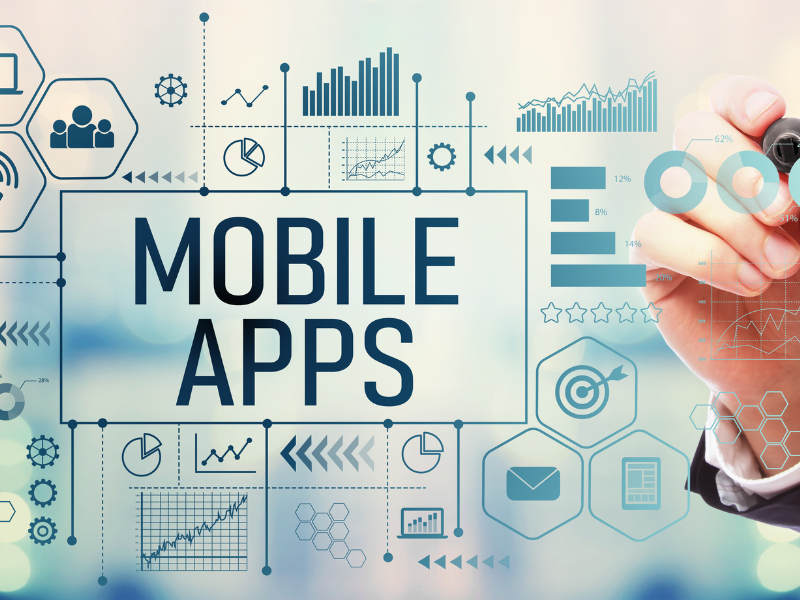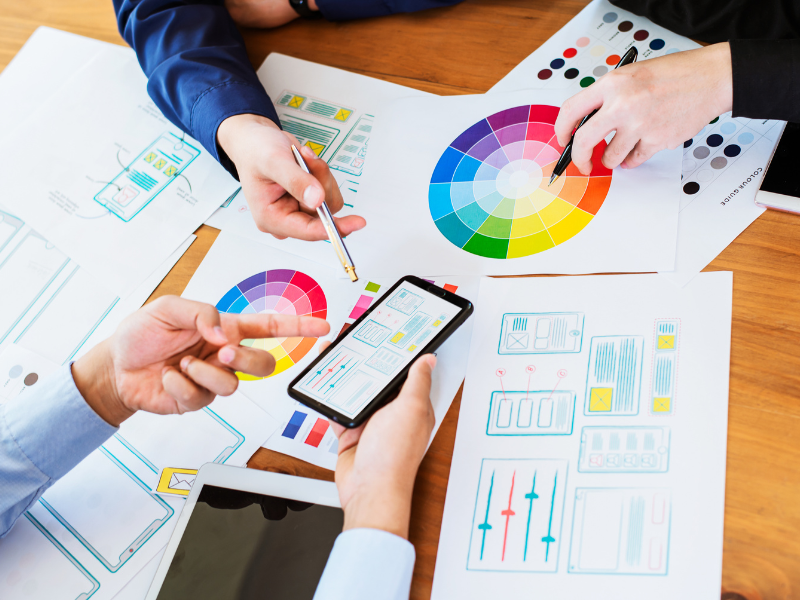Introduction
In today’s digital landscape, apps have become an integral part of our daily lives. From ordering food to managing finances, there is an app for almost everything. With the increasing demand for innovative and user-friendly apps, app development has emerged as a thriving industry. This article will provide you with a detailed understanding of app development, covering various aspects such as the development process, tools, strategies, and more. Whether you are a beginner or an experienced developer, this guide will equip you with the knowledge and insights to build your own successful app.
App Development: Unleashing the Potential

App development refers to the process of creating software applications specifically designed to run on mobile devices such as smartphones and tablets. The main goal of app development is to provide users with a seamless and intuitive experience while using the app. Whether it’s an entertainment app, an educational tool, or a productivity app, the success of an app hinges on its ability to meet the needs and demands of its target audience.
The app development industry has witnessed exponential growth in recent years, with millions of apps available for download on various app stores. However, building a successful app requires careful planning, strategizing, and execution. In the following sections, we will delve into the intricacies of app development, exploring different stages, tools, and strategies that can make your app stand out in the crowded marketplace.
The Stages of App Development

Ideation: From Concept to Reality
The first stage in app development is ideation, where developers brainstorm ideas and conceptualize the app. This involves identifying a problem or a need in the market and devising a solution through the app. During this stage, it is crucial to conduct market research and analyze the competition to ensure that your app offers a unique value proposition.
Design: Creating an Intuitive User Interface
Once the concept is finalized, the next stage is designing the user interface (UI) of the app. A well-designed UI plays a pivotal role in creating a positive user experience. The design should be visually appealing, easy to navigate, and align with the overall branding of the app. During the design phase, prototyping tools can be used to create a mockup of the app, allowing developers to visualize the user interface and make necessary adjustments.
Development: Transforming Ideas into Code
The development stage involves writing the code that brings the app to life. Developers use programming languages such as Java, Swift, or Kotlin to create the app’s functionality and integrate various features. This process requires in-depth knowledge of coding languages, frameworks, and development tools.
Testing: Ensuring Quality and User Satisfaction
Testing is a crucial stage in app development, where developers check the app for bugs, glitches, and usability issues. Through rigorous testing, developers can identify and fix any issues before the app goes live. This stage involves various types of testing, including functional testing, performance testing, and user acceptance testing.
Deployment: Launching the App
Once the app has gone through extensive testing and validation, it is ready to be deployed and released to the public. App developers need to register and submit their app to the respective app stores, such as Apple’s App Store or Google Play Store. During this stage, developers need to optimize the app’s metadata, screenshots, and description to improve its visibility and attract users.
Post-launch: Continuous Improvement and Updates
Launching the app is just the beginning. To ensure its success and popularity, developers need to monitor user feedback, reviews, and usage analytics. Regular updates and bug fixes are essential to keep the app relevant, secure, and in line with the evolving market trends.
Tools and Technologies for App Development

Integrated Development Environments (IDEs)
IDEs are software applications that provide a comprehensive development environment for app developers. These tools offer features like code editing, debugging, version control, and deployment options. Popular IDEs for app development include Android Studio, Xcode, and Visual Studio.
Cross-platform Development Frameworks
Cross-platform development frameworks allow developers to write code once and deploy it on multiple platforms, such as iOS and Android. These frameworks streamline the development process, saving time and effort. React Native, Flutter, and Xamarin are some popular cross-platform development frameworks.
App Analytics and User Engagement Tools
To understand user behavior and optimize the app’s performance, developers can utilize app analytics and user engagement tools. These tools provide valuable insights into user demographics, app usage patterns, and user retention. Firebase Analytics, Google Analytics, and Mixpanel are widely used app analytics tools.
Prototyping and Wireframing Tools
Prototyping and wireframing tools enable developers to create mockups and interactive prototypes of their app’s user interface. These tools help visualize the design and gather feedback before proceeding with the development. Adobe XD, Sketch, and InVision are popular prototyping and wireframing tools.
Strategies for Successful App Development

Market Research: Identifying the Target Audience
Before developing an app, it is crucial to identify the target audience and understand their needs and preferences. Conducting market research, competitor analysis, and user surveys can provide valuable insights and help refine your app’s features and functionalities.
User-Centric Design: Prioritizing User Experience
User experience (UX) design plays a pivotal role in the success of an app. By prioritizing user-centric design principles, developers can create an intuitive and seamless app experience. This involves employing user-friendly navigation, minimizing load times, and incorporating user feedback to improve the app’s usability.
Iterative Development: Embracing Agile Methodologies
The iterative development approach, often associated with Agile methodologies, allows developers to continually refine and enhance the app throughout the development lifecycle. By breaking down the development process into smaller, manageable increments, developers can swiftly adapt to changing requirements and deliver a high-quality app.
App Store Optimization (ASO): Increasing Visibility and Downloads
App Store Optimization (ASO) is the process of optimizing an app’s metadata to increase its visibility and organic downloads. This involves optimizing the app’s title, description, keywords, and screenshots. By implementing ASO strategies, developers can improve their app’s search rankings and attract more users.
FAQs (Frequently Asked Questions)
Q: How much does app development cost?
A: App development costs can vary depending on factors such as the complexity of the app, the platform(s) targeted, and the development team’s rates. On average, basic app development can cost anywhere between $10,000 to $50,000, while more complex apps can cost upwards of $100,000.
Q: What is the timeline for app development?
A: The timeline for app development can vary based on the app’s complexity and the development team’s resources. On average, it can take anywhere from three to nine months to develop a fully functional and polished app.
Q: How can I monetize my app?
A: There are several monetization strategies available for app developers. These include in-app purchases, subscription models, advertising, and offering a paid version of the app. Choosing the right monetization strategy depends on the app’s target audience and the nature of its features and content.
Q: How do I market my app?
A: Effective app marketing involves a combination of different strategies. These can include optimizing the app’s presence on app stores through ASO, leveraging social media platforms for promotion, collaborating with influencers, and running targeted advertising campaigns.
Conclusion
App development is a dynamic and rewarding field that offers immense opportunities for innovation and creativity. By understanding the app development process, utilizing the right tools and frameworks, and implementing effective strategies, developers can create successful and user-centric apps.
However, it is essential to stay updated with the latest industry trends and continuously adapt to meet the evolving demands of the market. With the right knowledge, skills, and determination, you can unleash the potential of app development and bring your ideas to life. So, what are you waiting for? Dive into the world of app development and let your creativity soar!
